Overview
Embedded systems need traceability tools for several critical reasons—especially in industries like automotive, aerospace, medical devices, and industrial automation—where safety, reliability, and regulatory compliance are essential.
Here’s why traceability matters:
1. Regulatory Compliance:
- Standards like ISO 26262, DO-178C, IEC 61508, and FDA guidelines require end-to-end traceability.
- Traceability tools map requirements → design → code → tests → defects, ensuring all elements are accounted for during audits.
2. Safety & Risk Management:
- Embedded systems often perform life-critical functions (e.g., braking systems, pacemakers).
- Traceability ensures hazards are mitigated and all safety requirements are implemented and tested.
3. Efficient Impact Analysis
- When a requirement changes, traceability helps identify all affected code, tests, and documentation.
- Saves time and reduces the risk of introducing bugs during modifications.
4. Improved Collaboration & Accountability
- Enables cross-functional teams (hardware, firmware, software) to track responsibilities and understand how their work ties into the system
- Reduces silos and clarifies ownership
5. Testing & Validation Coverage
- Ensures every requirement is covered by at least one test case
- Helps avoid “orphan” code or untested functionality, which could lead to unpredictable behavior
6. Lifecycle Documentation
- Embedded products often have long lifecycles (10+ years).
- raceability provides a clear development history, aiding maintenance, upgrades, or certification renewals
7. Defect Root-Cause Analysis
- Links between bugs and their originating requirements or designs make it easier to diagnose root causes and prevent recurrence.
Why ProjectOne
In today’s fast-paced, high-stakes embedded development landscape, ensuring product quality, safety, and compliance isn’t optional—it’s critical. Our traceability solution empowers engineering teams to deliver smarter, safer, and faster by connecting the dots across the entire development lifecycle.
Accelerate Development
Gain full visibility from requirements to code to test cases—all in one place. Reduce rework, eliminate guesswork, and bring products to market faster with confidence.
Ensure Compliance with Ease
Built to support industry standards like ISO 26262, DO-178C, and IEC 62304, our tool simplifies audits and automates traceability reporting—saving time, reducing risk, and keeping you compliant.
Manage Complexity with Confidence
Embedded systems are getting more complex. We help you manage that complexity by aligning software, hardware, and testing artifacts through seamless trace links and intuitive dashboards.
Streamline Change Management
When requirements change, know exactly what’s impacted—instantly. Our tool helps you assess risk, update dependencies, and keep development on track without introducing new issues.
Boost Quality and Reduce Bugs
With built-in test coverage analysis and end-to-end traceability, you’ll catch gaps before they become problems—and ensure every requirement is verified and validated.
Enable Collaboration Across Teams
Bridge the gap between systems engineers, software developers, testers, and compliance teams. Our platform fosters alignment and transparency across all roles and phases.

Requirement Management
Share a common understanding of what the project must deliver and provide a baseline for verification and validation activities.
- BKM’s and Linking – Link safety requirements to design components and activities
- Baselining and Versioning – Essential for maintaining links between requirements and downstream artifacts like test cases, user stories, and code.
- Documentation & Content – A dedicated content view specifically for capturing documentation that can be re-used throughout the project.
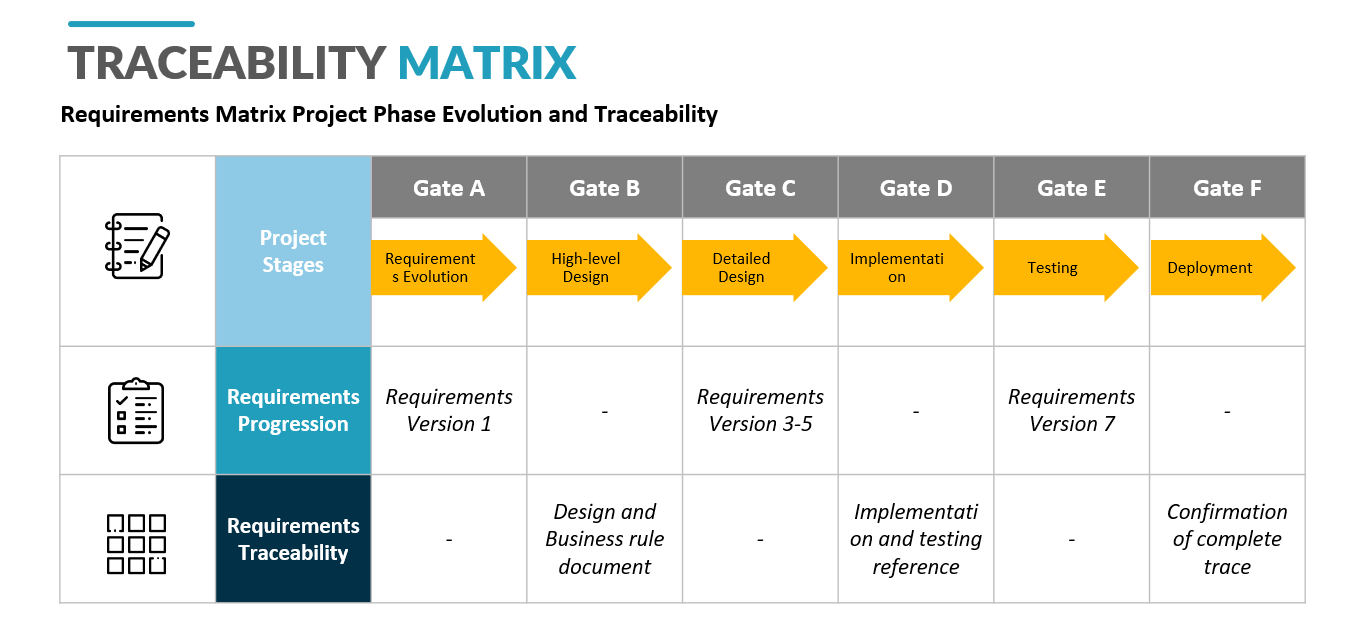
- Requirement types – Organize, clarify, and manage different kinds of needs across a project or product lifecycle
- Workflow Customization – Bring structure, consistency, and automation to processes that would otherwise be manual, error-prone, or inefficient
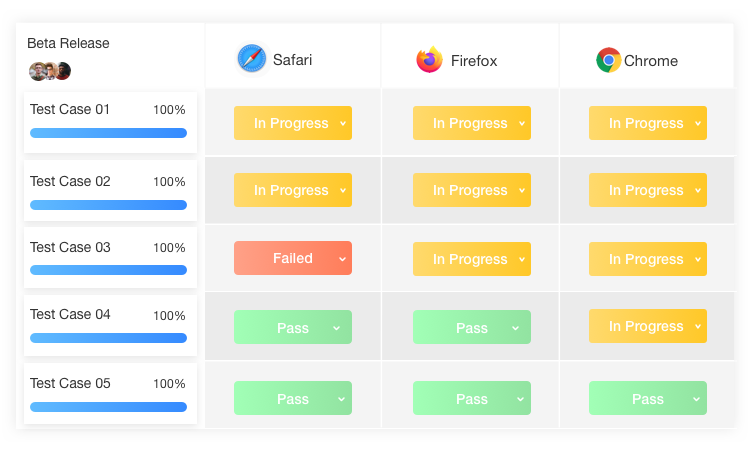
Test Management
Test management is crucial for traceability because it connects requirements to testing activities, helping ensure that every requirement is validated and verified
- Test cases – Manage entire library of re-usable test cases categorized by product / sku.
- Overrides – Have flexible test procedures for test cases that are applicable to multiple products.
- Instance Grids – Trigger multiple test instances based on a combination of variables specific for a test case.
- Versioning – Link different versions of test cases to different iterations of requirements, rollback as needed.
- Test Plans – Design test plans for full or partial coverage of any release
- Configurations – Add various test configurations and adapt them in real time as your test plans evolve.
- Test Cycles – Plan groups of test executions that validate a specific version, build, or stage of a product during the testing process.
Development Module
Linking defects to test cases is crucial for traceability because it creates a clear, auditable connection between failures, requirements, and the tests that exposed them. This linkage ensures that the development and QA process is transparent, accountable, and efficient.
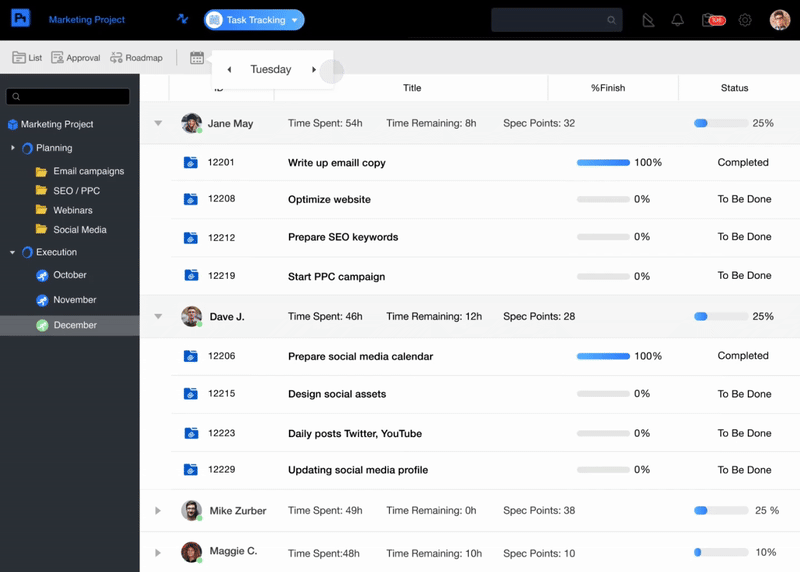
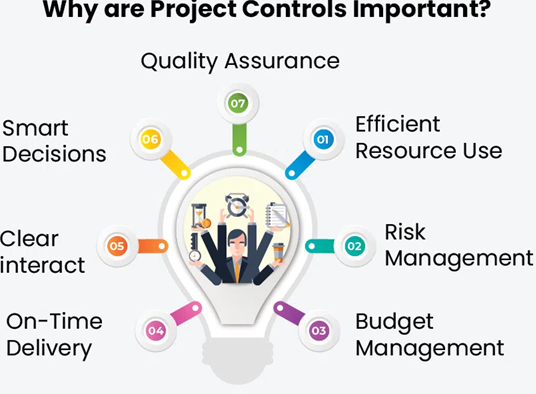
Management Module
- Track changes that are linked to requirements
- Track tasks at a project level
Traceability Summary
Test Coverage Assurance
- Enables you to track which requirements are covered by tests and identify any gaps.
- Reduces the risk of untested or partially tested features reaching production.
- Export trace matrices for audits or safety assessments.
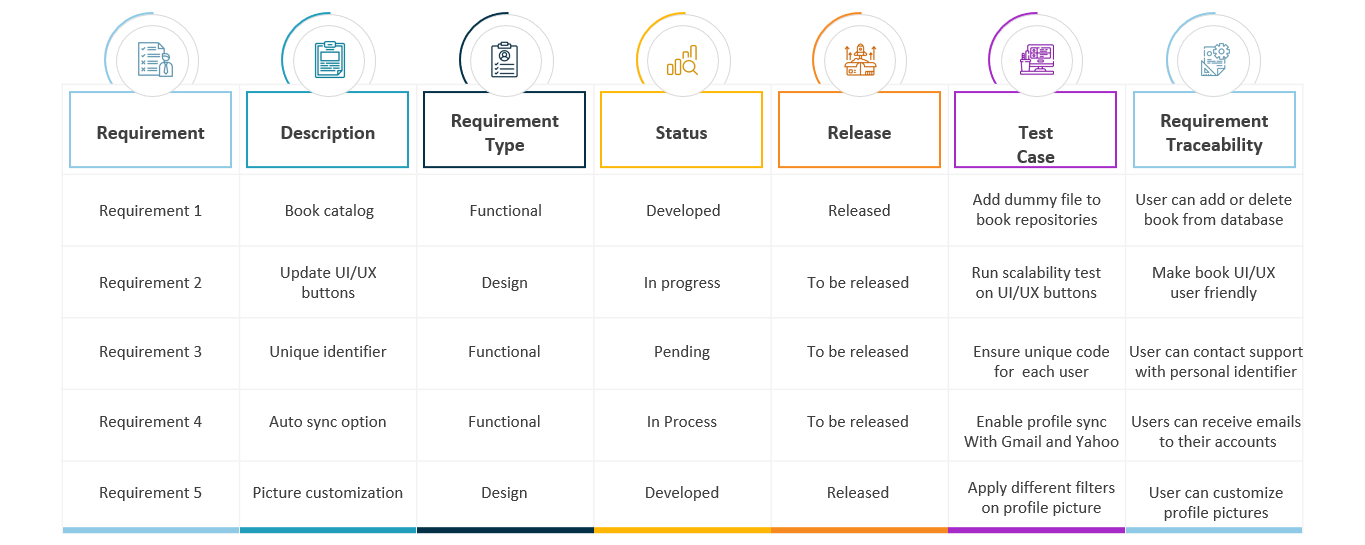
Why Choose ProjectOne
In today’s high-stakes embedded development, ensuring quality, safety, and compliance is critical. Our traceability tool empowers teams to build better systems—faster—by linking requirements, code, tests, and documentation across the entire lifecycle.
Accelerate development with complete visibility from concept to validation. Our platform connects every artifact so your team can reduce rework, stay aligned, and deliver with confidence. Built-in support for standards like ISO 26262, DO-178C, and IEC 62304 simplifies compliance through automated traceability reports and audit-ready records.
As embedded systems become more complex, our tool helps manage change and dependencies across software, hardware, and test assets. Quickly assess the impact of updates, reduce risks, and avoid costly regressions.
With integrated test coverage analysis, you can catch gaps early and ensure that every requirement is verified—boosting product quality and reducing defects. Our platform also enhances collaboration by giving all stakeholders a shared, real-time view of development progress.
Whether you’re working on safety-critical systems or managing complex product lines, our traceability tool gives you the clarity, control, and confidence to deliver exceptional results.
Innovative software trusted by




